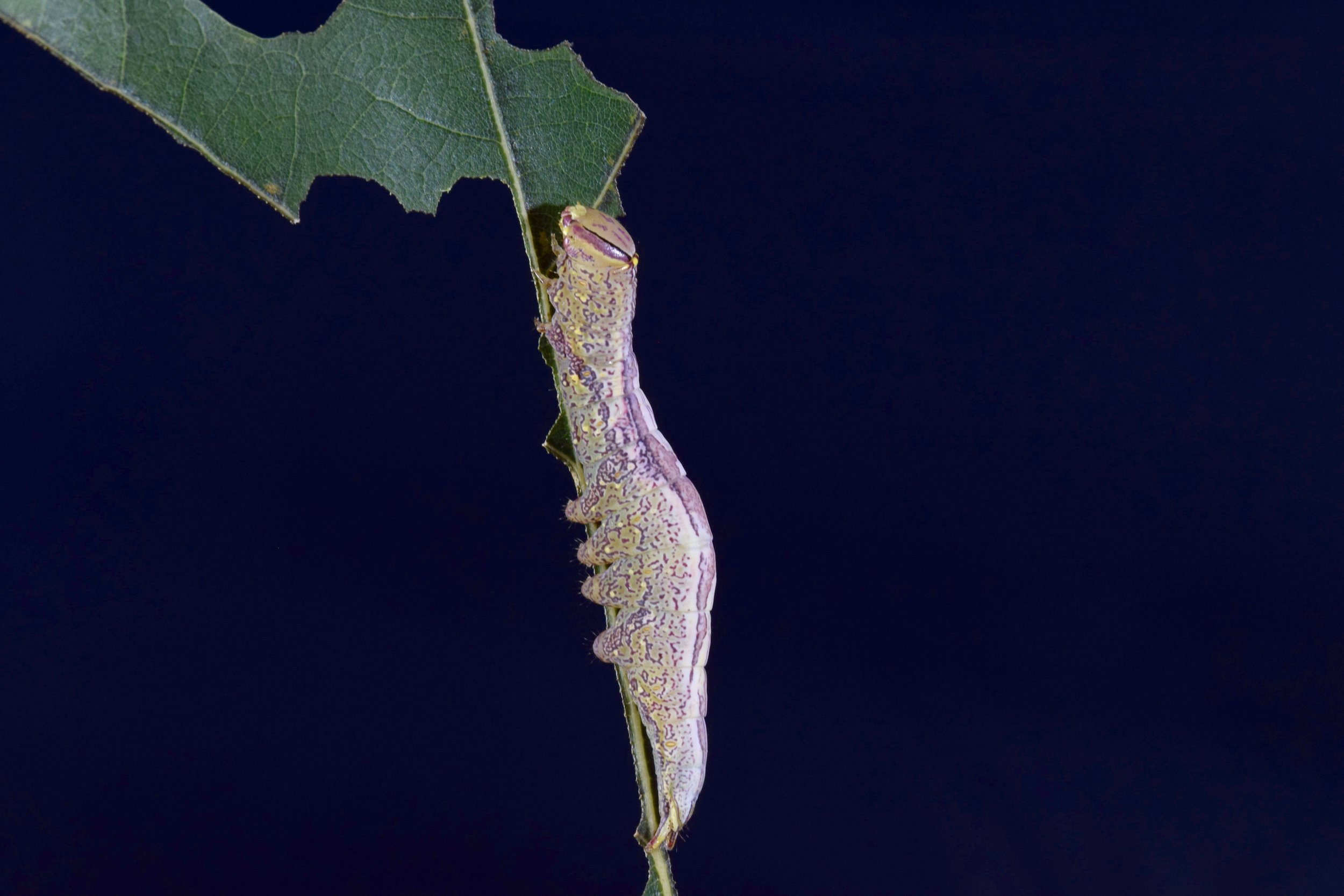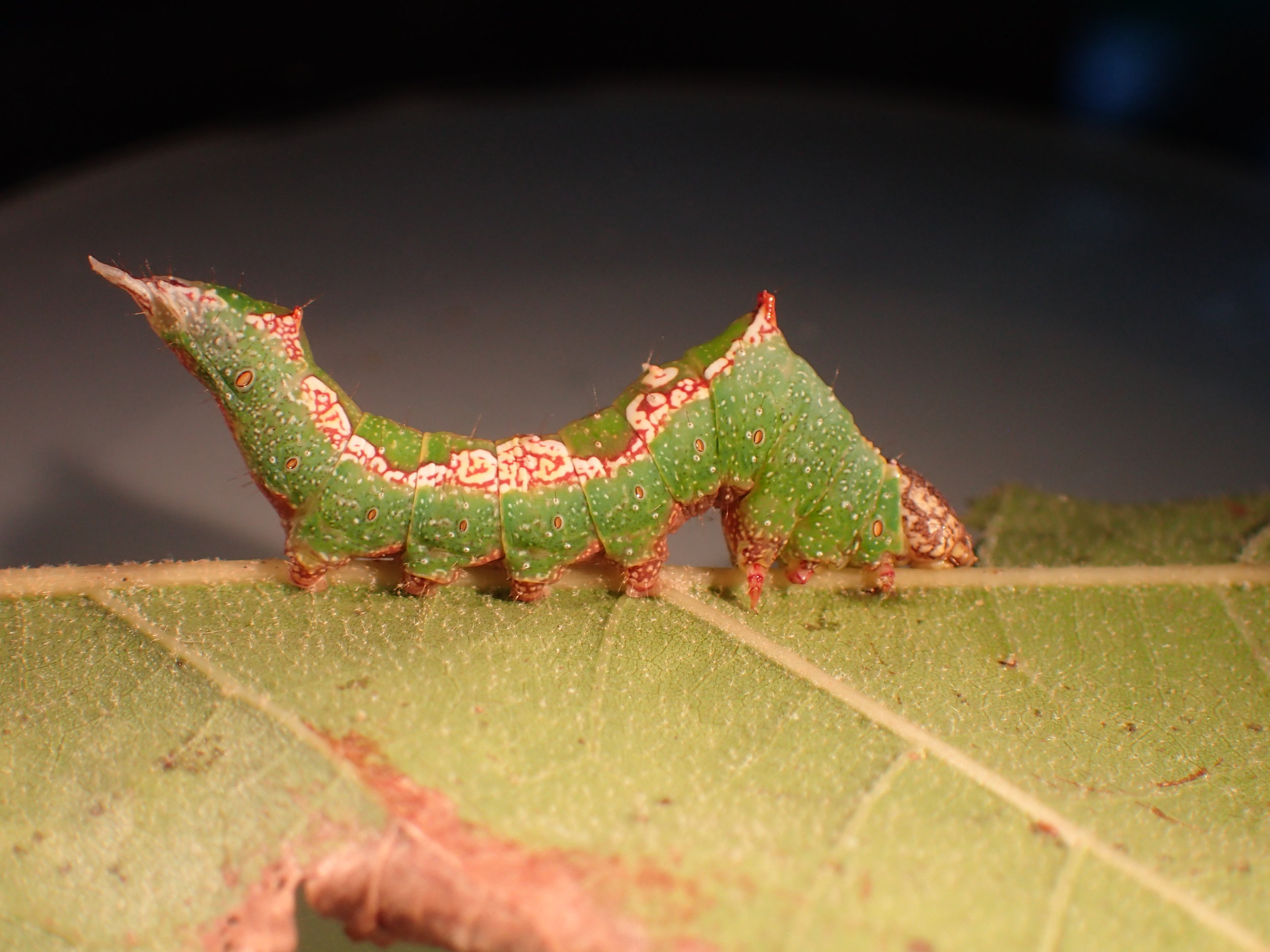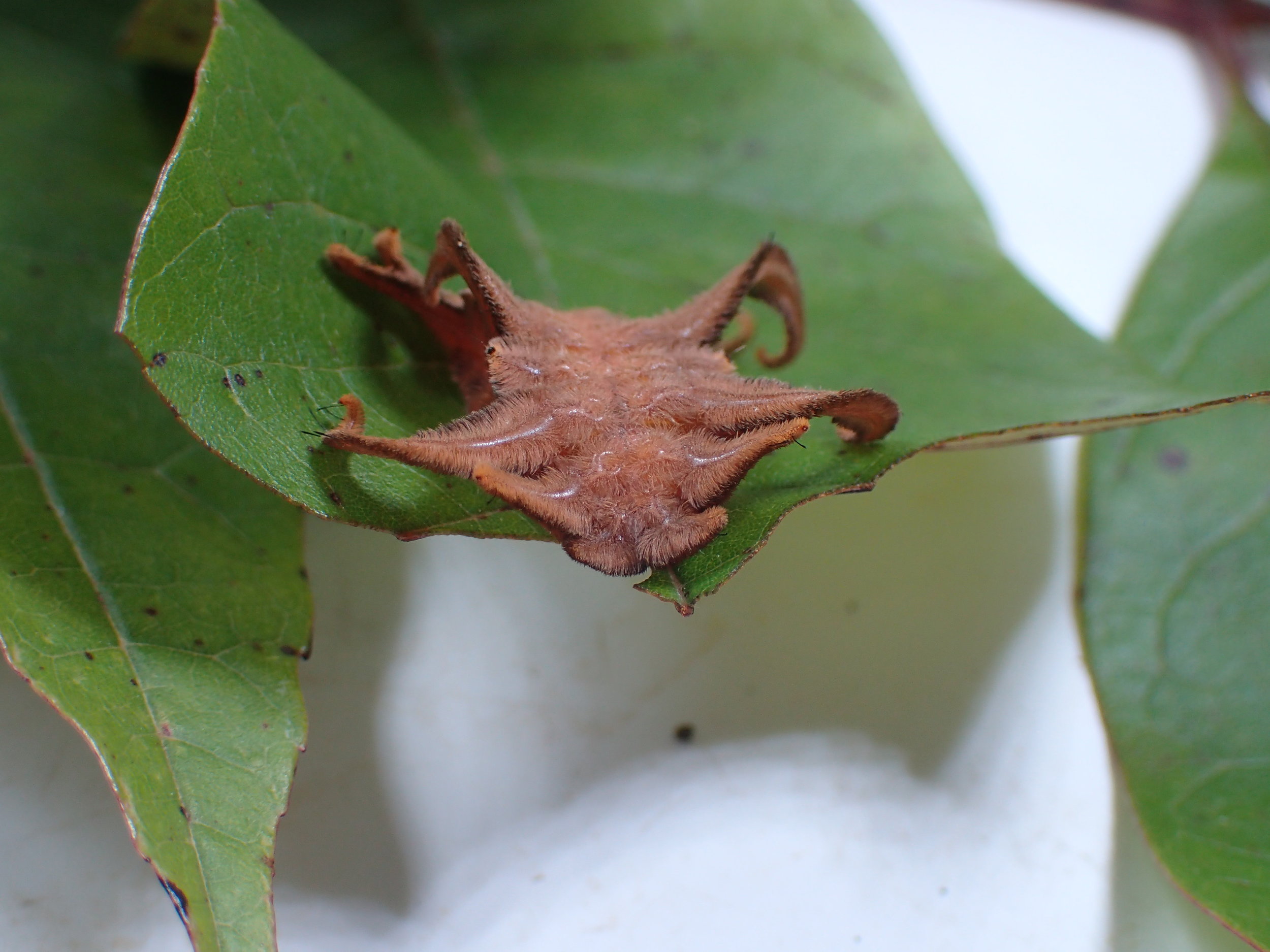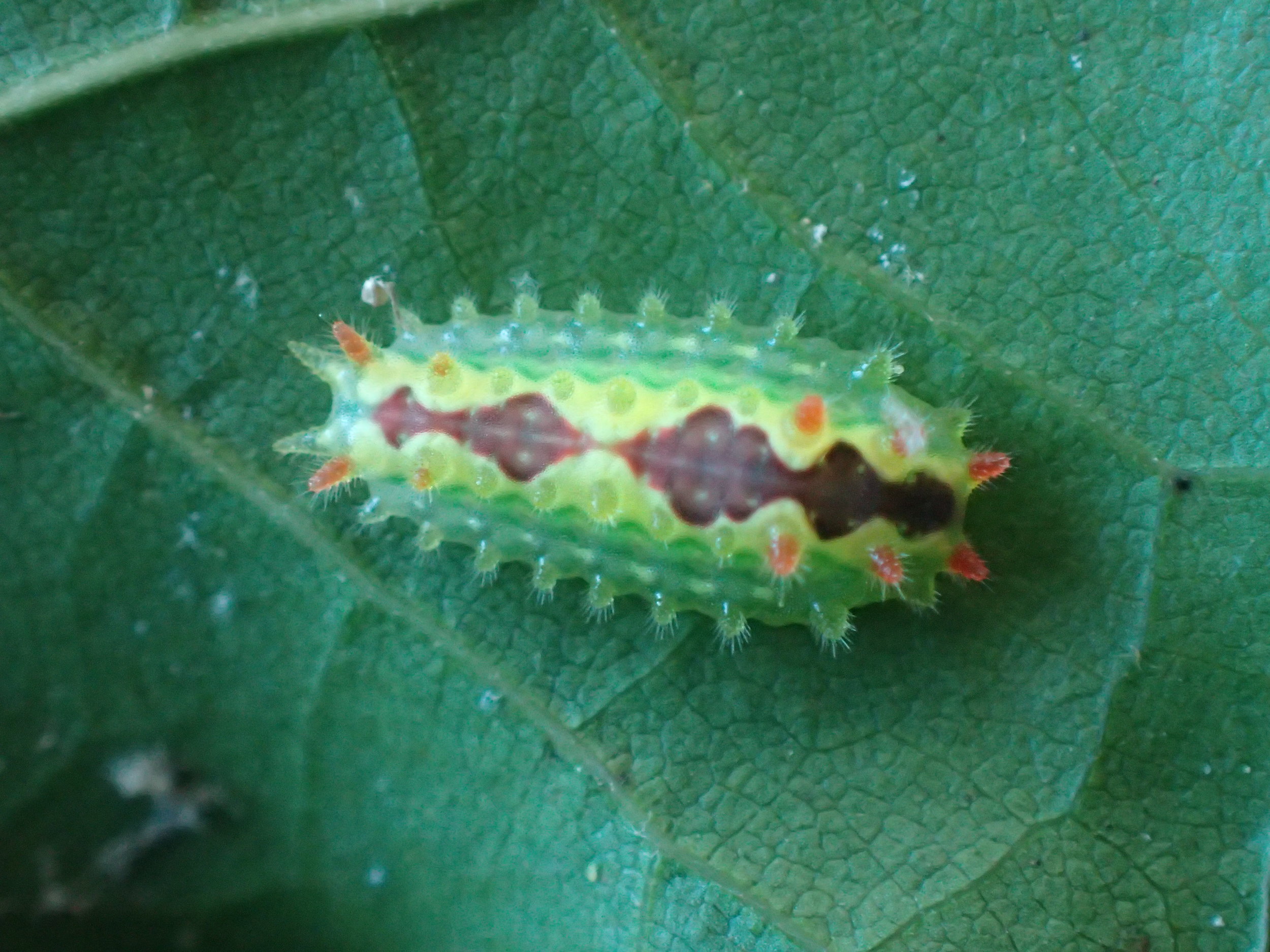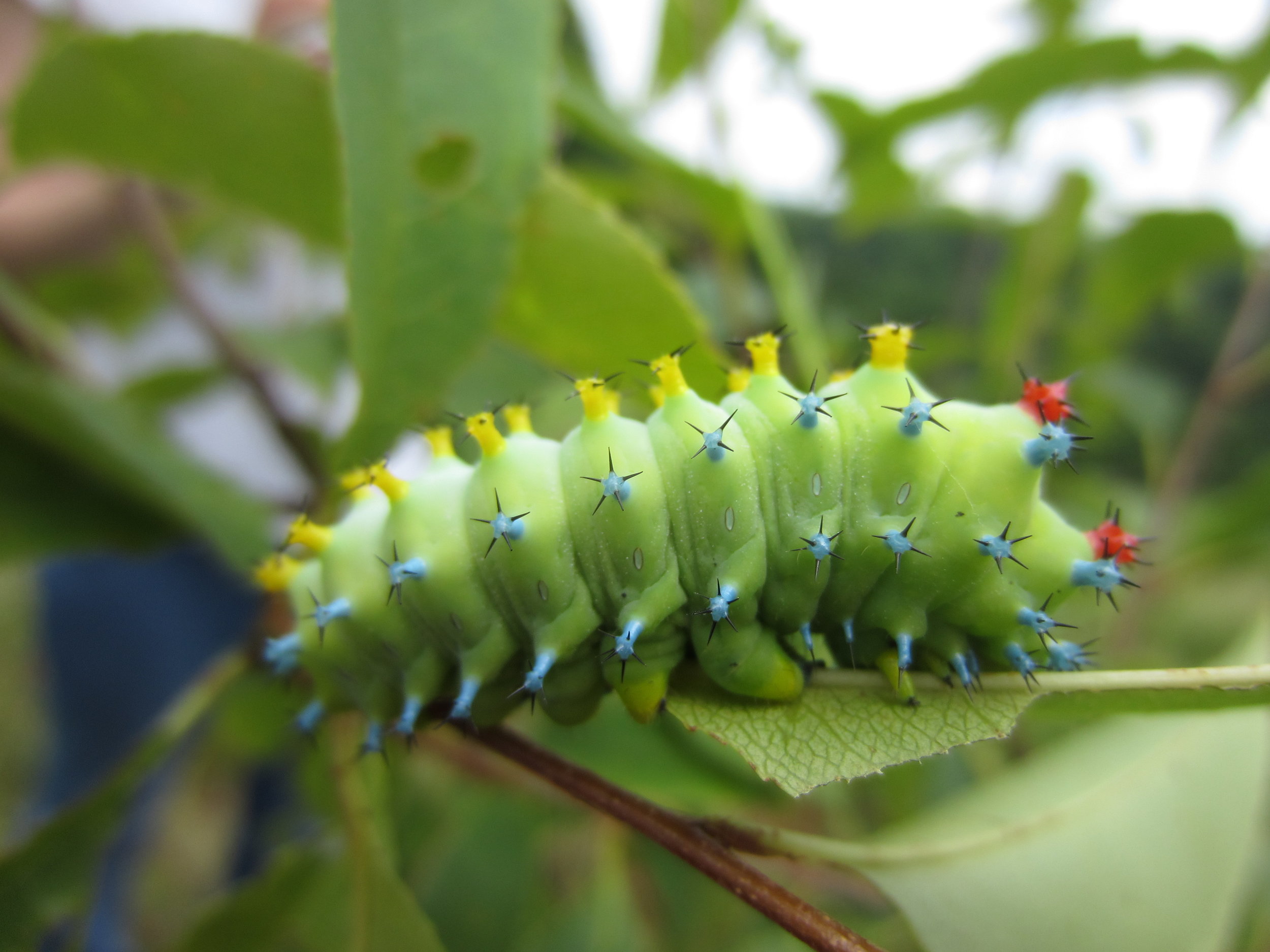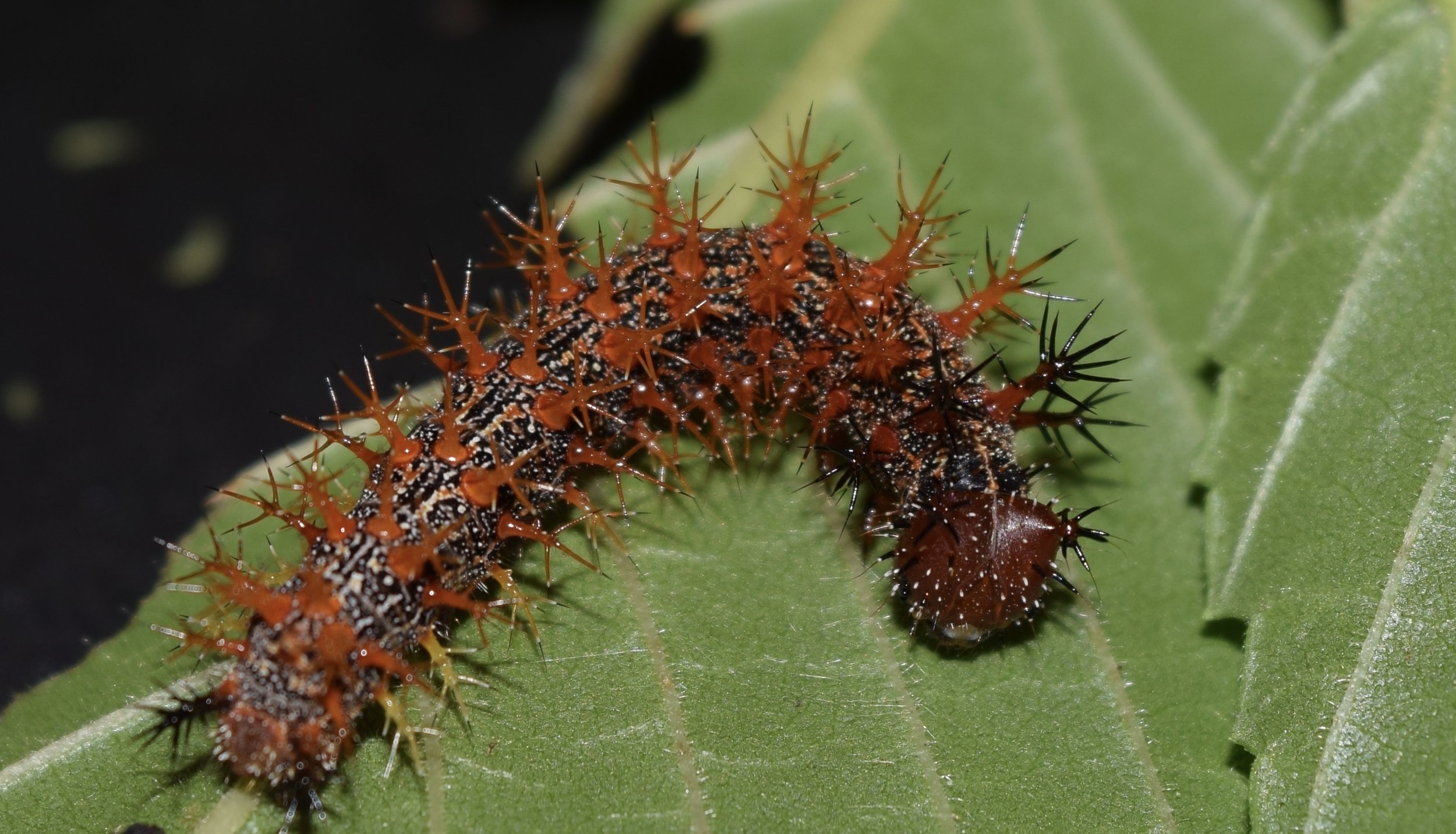the BiodiversiTREE experiment
The BiodiversiTREE experiment was established at the Smithsonian Environmental Research Center (SERC) in 2013 near Edgewater, Maryland and is managed by Dr. John Parker. It manipulates:
Tree species richness (1, 4, and 12 species treatments from a pool of 16 ecologically important species)
Functional diversity while holding richness constant (e.g., AM versus ECM fungi-associated species)
Source provenance of trees (e.g., northern versus southern populations).
This experiment is at the landscape scale (> 30 acres with over 24,000 trees in 75 35x35m plots) in a fully instrumented watershed that has been monitored by SERC personnel for >30 years. It is designed to be an experimental platform for decades.
Aerial photograph of some of the BiodiversiTREE plots. Bottom left shows a sycamore monoculture, bottom right is a (slower growing) white oak monoculture, and polyculture plots can be seen in the middle distance. Photo credit: @SmithsonianWls
Within the BiodiversiTREE experiment, our sampling uses a focal tree design that examines plants within a similar spatial array but that differ in the diversity neighborhood they grow within.
Click the buttons below to jump to a particular project at BiodiversiTREE:
Long-term data collection: Tree Growth
People: Kelsey McGurrin and Lauren Schmitt
We have been taking a suite of standard forestry measurements on the trees since shortly after they were planted. Using a subset of 540 trees, we are trying to understand 1) how tree species identity and plot diversity affect tree growth and 2) how these patterns change over time. Do some trees grow tall and then gain volume? Does diversity encourage short and stout trees? Or tall and spindly ones?
So far we are finding that tree allometry changes depending on plot diversity, with highest tree volume in diverse plots.
Long-term data collection: Caterpillar Community and Host Use
People: Kelsey McGurrin
Since 2016 we have been measuring host use patterns and diversity of lepidopteran larvae within BiodiversiTREE. The goal is to determine whether diverse vs. monoculture tree planting layouts can enhance the ability of managed forests to support wildlife biodiversity.
Put simply, does a tulip tree that is surrounded by only other tulip trees function in the same way as one that is surrounded by a diverse mixture of trees? Are caterpillars using these trees more or less? Are they generalist or specialist species? Does this lead to higher insect damage levels and lower tree growth in plots that host more caterpillars? Below are some of the critters sampled from trees within the project:
So far we find that moths and butterflies do indeed discriminate against trees within a low diversity neighborhood. Almost all species of tree support a more diverse and abundant caterpillar community when they are surrounded by tree individuals of a different species than themselves. We are also delving into how these patterns are further related to insect damage, tree growth rates, and leaf chemistry and traits.
Cicada Oviposition Preference
People: Kristin Jayd; Zoe-Getman Pickering, John Lill, and Sarah Shamash at George Washington University; Martha Weiss at Georgetown University
Understanding generalist herbivore host choice patterns is key to understanding both herbivore outbreaks and fitness consequences for plant hosts, yet demonstrations of untangling such patterns are rare in forested natural landscapes. In June 2021, we used the Brood X periodical cicada mass emergence in the BiodiversiTREE experiment to uncover whether tree diversity influences both cicada oviposition preferences and tree response (flagging). We found that while cicadas demonstrate clear tree species preferences, the diversity of the surrounding tree neighborhood plays at least as important a role in determining oviposition preference and tree flagging responses.
Leaf Litter Decomposition
People: Lauren Schmitt
Leaf litter decomposition is an important piece of nutrient cycling and can be impacted by a wide range of abiotic and biotic factors. Using litterbags, we are working to figure out what is driving leaf litter decomposition rates at BiodiversiTREE. We expect that decomposition rates will vary by species. We also expect that plot diversity might shape decomposition dynamics, specifically the impact of diversity of the growth environment. Will a leaf that grew in monoculture decompose differently from a leaf that grew in polyculture? Will leaves decompose differently where they grew (their "home"), regardless of their “home” diversity? By allowing earthworm access to some, but not all, litter bags, we will also try to figure out how earthworms are influencing decomposition across the experiment. Litter bags were deployed in February 2021; stay tuned for our results!
Spider Abundance
People: Elizabeth Butz and Lauren Schmitt
Spiders are important predators and prey in forest food webs. Arboreal spiders might respond to differences in tree architecture because certain types might offer advantages for habitat or feeding. In summers 2019 and 2021, we collected spider abundance and identity data to better understand how spiders communities are responding to different tree species and tree diversity within our plots.
Our initial findings suggest that spiders are increasing in abundance throughout each season and as the trees grow larger.
Leaf Phytochemistry
Funding: NSF
People: John Parker, Melissa McCormick, and Kim Komatsu at the Smithsonian Environmental Research Center
We are partnering up with a number of collaborators to expand beyond the plant and insect trophic levels to understand the community dynamics playing out within these forest plots both above and below-ground. Currently we are investigating additional data for the soil mycorrhizal communities and the internal leaf endophyte communities found within these same trees.






